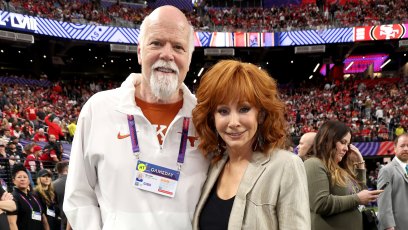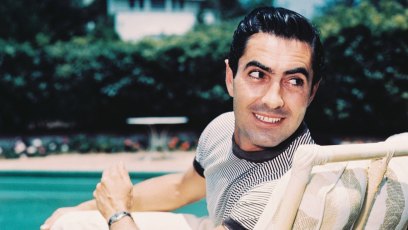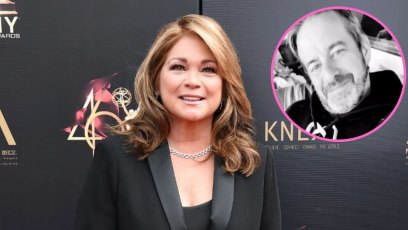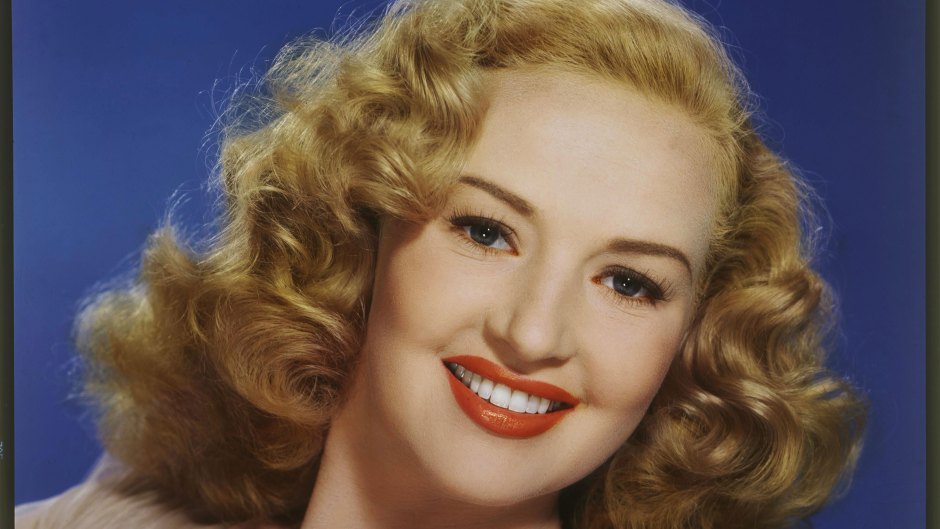
Kobal/Shutterstock
Late Hollywood Actress Betty Grable Was ‘Proud’ of Her Work as a Pinup, Daughter Says
In the difficult and uncertain days of World War II, a pinup poster of Betty Grable brought a slice of home to American servicemen stationed around the world. Wearing a white one-piece bathing suit, the actress smiled playfully over her shoulder as she showed off legs that her movie studio once insured for $1 million.
Betty never took her image too seriously, but she felt honored that her photo came to mean so much to GIs. “She would just say that she was a dancer who could act,” her daughter Victoria Colucci exclusively tells Closer. “But she felt that one of her greatest accomplishments in life was bringing a little happiness to our soldiers.”
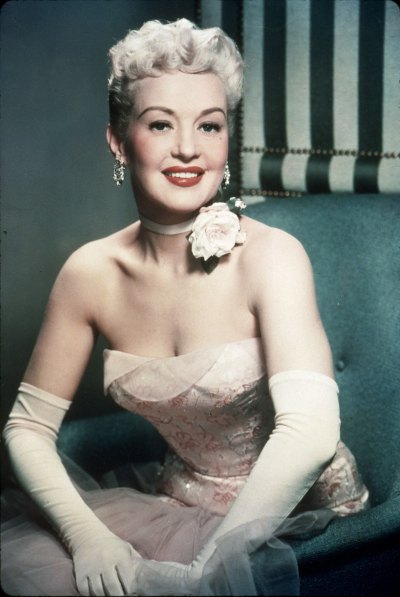
Born in St. Louis, Elizabeth Grable was pushed into the spotlight by her mother. “My grandfather was a stockbroker,” recalls Victoria, explaining that after the family lost everything in the Crash, her grandmother moved with her daughters to California. “She had my mother take singing and tap dancing lessons in preparation for being in the movies.”
Betty’s climb up the Hollywood ladder went slowly. In 1936’s Pigskin Parade, her star-making performance was overshadowed by another newcomer, co-star Judy Garland. But Betty kept working. She switched studios a few times and married and divorced fellow actor Jackie Coogan before she finally had a huge hit with 1940’s Down Argentine Way.
ONE FOR THE BOYS
By the late 1940s, Betty had become Hollywood’s highest paid female star, but the sunny musicals she often starred in have not aged well. Today, when people remember Betty, who died in 1973 at age 56, it’s likely because of her contribution to the war effort.
Victoria says that Betty would have loved that. “She would get letters from soldiers and she’d reply,” Victoria notes. “She was proud to help light up the world when it was so dark.”







